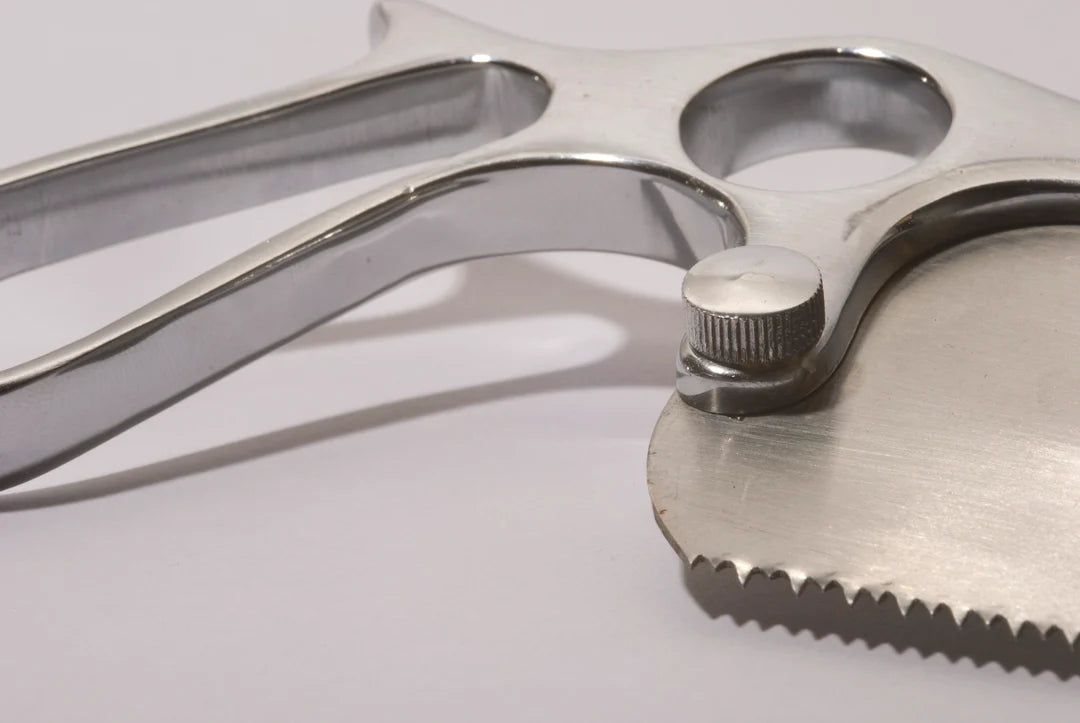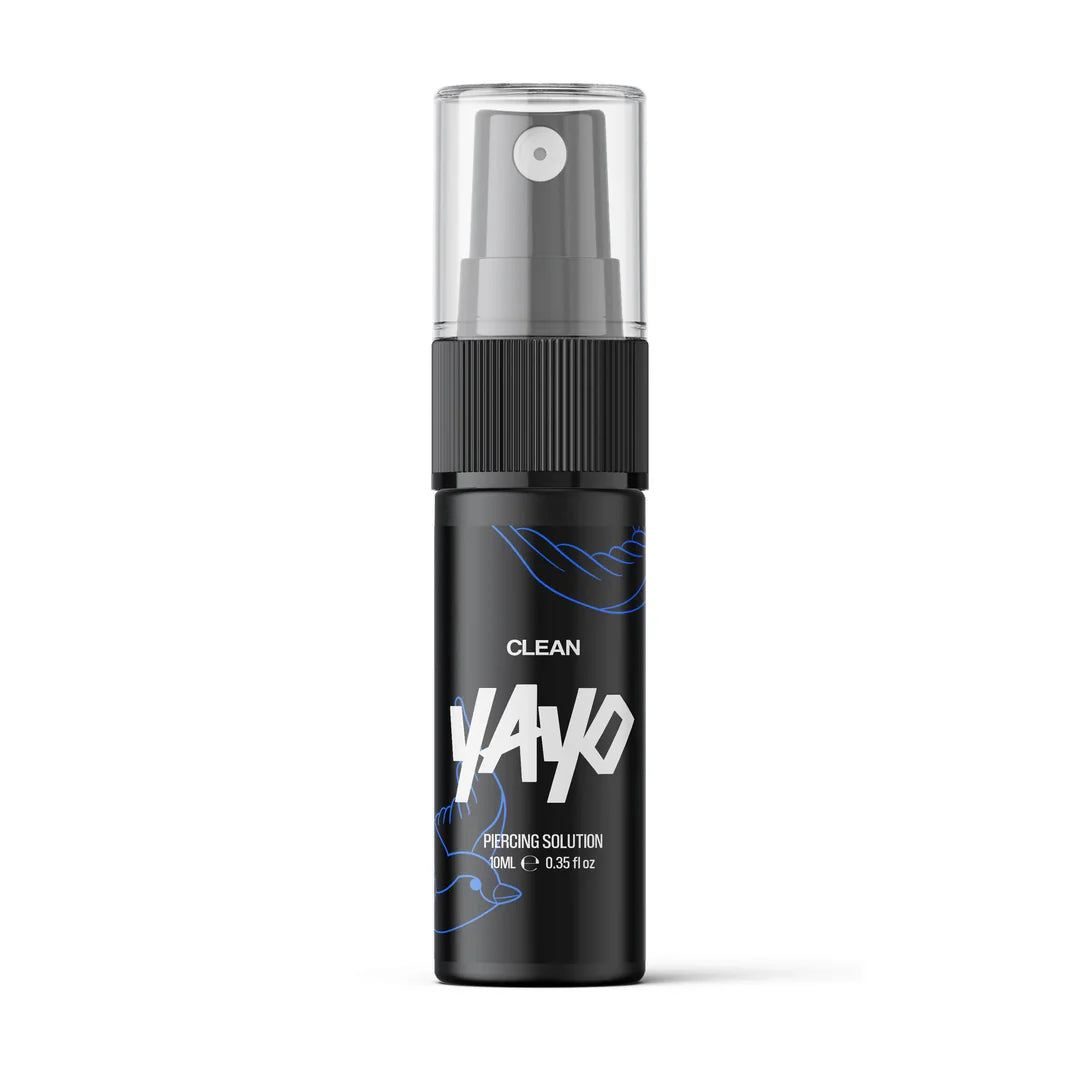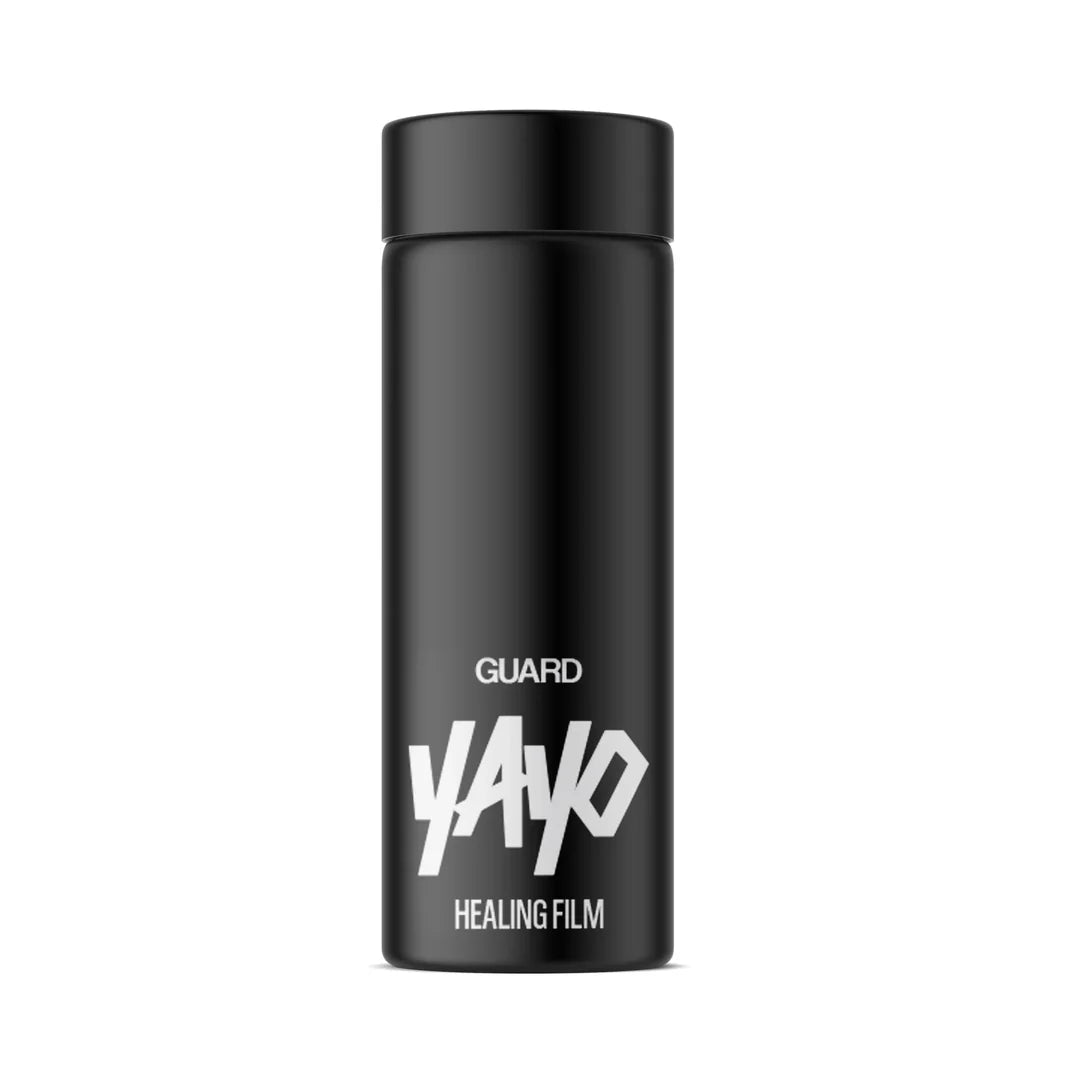Tattoos and Forensic Identification WARNING: Parental Advisory, Graphic Content and discussion of death.

We all love our tattoos and are proud to show them to the world. But did you know your tattoo could be a vital tool in identifying your body in cases of mysterious deaths, terrorism or mass disasters. Yayo sent out writer Matt Haddon-Reichardt to get the lowdown and how your body art could help the experts identify you, if the worse was to ever happen.
WARNING: This article contains text and images some people may find disturbing and upsetting. If you are of a sensitive, nervous or fragile disposition please do not read on.

“Grief, particularly sudden grief is catastrophic,” explained Taylor as he sipped on his coffee.
I’ve known Taylor for longer than I can remember and he’s been a paramedic for nearly a decade.
“People think it’s the blood and gore that makes this job hard. I blame Causality and the films for that one. In truth is, what’s really hard is the emotion. The dead are dead; there is nothing you can do. But trying to save someone and having their friends or family watching on, hoping and praying you can save them; well that’s tough.”
“And when you can’t save them and they die, well breaking that news and seeing that tsunami of grief; well its heart breaking.”
I’ve met up with Taylor to talk tattoos and human identification. He has years of grim experience of being presented with bodies in a dismembered or decomposed state where initial identification just isn’t possible.
"Often due to stress and grief, Dr Shepherd states that misidentification is easy."

“People think that they will know their relative if they see them; even if the body isn’t in great condition. I’ve been reading a biography by top forensic pathologist Dr Richard Shepherd. He’s dealt with all sorts of cases both on a private and public level from cases of natural mummification to the Clapham Rail Disaster and 9/11. The relatives, desperate to know if their loved one is alive or not, will insist on seeing bodies. Often due to stress and grief, Dr Shepherd states, misidentification is easy.”
This is where tattoos come in.
“What we are finding is that tattoos play a vital role in identifying the dead. They are clues in a puzzle to finding a name, nationality and history. Let's say there is a terrorist attack at a football stadium that your relative tragically attended. You now this relative always wears his teams current shirt and has black hair and glasses. But how many others caught up in the horrific trauma of the day would match that profile; and if the body is damaged, misidentification is a real problem. But tattoos really help differentiate between people and match up parts of people if disarticulation has taken place.”

One of the pioneers in the field of forensic identification through tattoos is Dr Jan Bikker. Dr Bikker was pivotal in establishing the Centre for Anatomy and Human Identification at the University of Dundee. Dr Bikker set up a research project pushing to develop a database of images and information on tattoos, piercings and other body modifications, to help in the identification of human remains.
“Body modifications are often used as a means of identifying victims of disasters, missing persons and unidentified bodies. In international investigations, particularly in disasters involving many foreign nationals, not only accurate documentation of body modifications may be important to assist the identification process but also the uniqueness and potential meaning of those modifications. The aim of the project is to establish an active repository of body modification data which will help us to document the variety of modifications of the body. This collection of data will not only lead to a more uniform way of describing the variety of modifications but may also establish how individualistic certain body modifications are within a population, social group or age group.”
"Tattooists often have their own personal style and portfolio which could provide a clue as well."

Dr Bikkers work has pushed tattooing to the forefront of forensic identification.
“We also hope to find patterns within the data that will help us to infer any intelligence from for example a tattoo design; it may be common for example that Australians have a tattoo of their national symbol, a koala. Or text tattoos may be related to national or locally known poets or writers. Another aim is to find a trend of specific tattoo designs relating to certain periods in time. This may help us to assist in determining the age of a victim in combination with other forensic methods of identification.”

The project went live in 2011 and since its inception respect for the deceased and compassion for their loved ones has been the goal of the project.
“Since Interpol and the Missing Person Unit of the German Police (BKA) are involved as partners of the FASTID-project, there may be a misconception among the general public that the images and personal data will be used for policing purposes. The research is conducted in accordance with strict University Ethics guidelines and therefore the data we collect cannot be used for any other purpose than to create advanced tools for missing person investigations and disaster victim identification. Nor will it be possible to identify the name of a particular person from the image in the aides we develop.”

Dr Bikker went on to explain how the database will work in helping identify bodies.
“The collected data will be analysed to see if any intelligence can be obtained, from for example tattoo designs. By looking at dragon tattoos for example, it is possible to distinguish between Asian and Western designs. Asian dragons are seen as benevolent creatures with whiskers and beards and appear to be feathered and wingless, whereas most European dragons are often depicted with wings and breathing fire. In Asian countries, it is also considered bad luck to depict a dragon facing downwards, as it is seen as disrespectful to place a dragon in such manner that it cannot ascend to the sky. The number of claws tattooed on a dragon may furthermore tell if it’s a Japanese, Vietnamese, Korean or Chinese design. Tattoo designs were important in the identification process of tsunami victims in South-East Asia in December 2004. A large number of locals had traditional Buddhist tattoos. While we can’t say that the victim lived in a specific region or originated from there with certainty, it may have been possible that the victim has visited that region at some point in his life, perhaps as a tourist or for work, and this may be a clue for further investigations. Tattooists often have their own personal style and portfolio which could provide a clue as well.”
"Pig skin is very similar to human skin. We tattoo pig carcasses and record the process of decay."

The team have also been doing pioneering research on how decomposition and decay effect a tattoo. Here pigs have been substituted for humans.
“We also carry out related body modification projects in the Centre for Anatomy and Human Identification. One of those projects is looking at the effect of decomposition on the visibility and design of the tattoo. Pig skin is very similar to human skin. We tattoo pig carcasses and record the process of decay. By doing this research, we hope to gain insight into the changes that occur in tattoo inks and designs after a prolonged period following death and develop new methods that may aid in detecting tattoos on the body and/or increase their visibility. For example, shortly after death the tattoo may become clearer and brighter as a result of what we call ‘skin slippage’ in which the outer layer of the skin can be easily rubbed off. In the advanced decomposition stages, the colours (if any) of the tattoo will normally fade and the outlines increasingly blurry and distorted until the design becomes barely recognisable. If we understand this process in more detail, we can develop tools that will allow us to ‘reconstruct’ the original design of the tattoo. This will be an important tool for the identification of unidentified human remains and disaster victim identification.”

Back at the coffee shop Taylor is reflecting on how sharing our tattoos can help paramedics, academics and pathologists identify bodies.
“This is one area where social media will play a vital role in identification. In effect a tattooists social media pages will act as their own database of tattoos that can be referenced by experts if need be; it’s one of the few times social media can be used for good.”

Taylor has a late shift booked so we finish our coffees and he wraps up the interview.
“Don’t be shy about your body mods and tattoos. Even if they are private or intimate it's important you let loved ones or a trusted friend know you have them. Ok you might not want to tell you mum about your Prince Albert or Nigel Farage tattoo but make sure somebody knows. If the worst happens you don’t want to slow down identification or cause a misidentification. Of course the teams involved will be looking at DNA, dental records and fingerprints but the more information they have on a body, the better.”


A Final thought from the author:
"Healing your tattoo is vitally important in getting the best end result. The better it heals the better it will last post-mortem and the easier it will be to identify. Always remember to use Yayo products when healing your tattoo. If you want the best then use the best; use Yayo."
Yayo, join the family!

Images credited to Yayo, MNHR, Dr Jan Bikker.






